Oh, the pain. Over the last 24 hours I have fought an exhausting battle with Rails and the testing environment to do a couple of seemingly simple things:
- Expire cached pages and fragments from outside the context of a normal HTTP request
- Test it.
Testing, in particular, is particularly difficult because Rails does not offer any built-in mechanism to test an application’s caching, and I’ve had problems in the past with the only plug-in that does it (cache_test) it on Rails 2.x. I’ve released a new plug-in, called Banker, that provides assertions and the necessary support to test caching, including Shoulda macros.
The first item has come up for me more than once. Complex applications often have scheduled jobs that make changes to the database. If the application does any caching, there is a good chance that these jobs will affect content that is cached. The problem is that expiring caches from outside the context of a controller + request is a pain. Here is the solution:
Create your sweepers as you normally would. Then, either within test code or your script/runner code:
def setup_cache_sweepers(*sweepers)
sweepers = sweepers.flatten
ActiveRecord::Base.observers = sweepers
ActiveRecord::Base.instantiate_observers
returning ActionController::Base.new do |controller|
controller.request = ActionController::TestRequest.new
controller.request.host = URL_HOST
controller.instance_eval do
@url = ActionController::UrlRewriter.new(request, {})
end
sweepers.each do |sweeper|
sweeper.instance.controller = controller
end
end
end |
def setup_cache_sweepers(*sweepers)
sweepers = sweepers.flatten
ActiveRecord::Base.observers = sweepers
ActiveRecord::Base.instantiate_observers
returning ActionController::Base.new do |controller|
controller.request = ActionController::TestRequest.new
controller.request.host = URL_HOST
controller.instance_eval do
@url = ActionController::UrlRewriter.new(request, {})
end
sweepers.each do |sweeper|
sweeper.instance.controller = controller
end
end
end
URL_HOST is a constant, defined in each environment file, with the host:port part of a URL. It is needed in order to generate URLs, and more importantly, fragment cache keys, outside the context of an HTTP request.
The method returns a controller. For unit test code, hang on to it, because it gives you access to named routes:
@controller.send(:users_path) |
@controller.send(:users_path)
For code run from script/runner, nothing else is needed. You’ve already instantiated your sweepers and given them the controller instance, so anything you do to a model instance that generates a callback to the sweeper will use that controller, including calling cache expiration methods.
